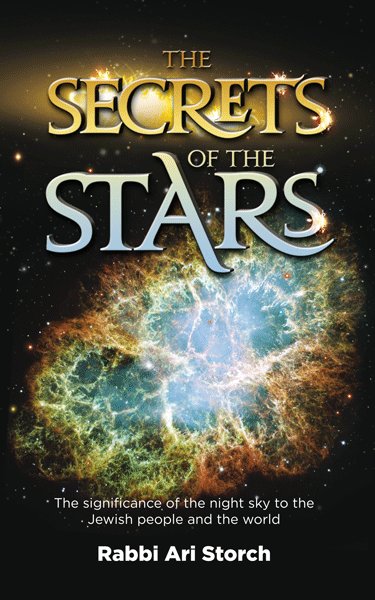As part of Moshe Rabbeinu's introduction to his review of the last forty years, he makes mention of the fact that (1:10) "HaShem has allowed you to multiply and you are now numerous like the stars in the sky." Rashi is bothered by the obvious exaggeration. B'nei Yisroel were a nation of merely 600,000 men which is infinitesimal compared to the infinite stars. Rashi offers an alternate understanding of the pasuk. However, I believe it is possible that Moshe was indeed comparing B'nei Yisroel to the stars in the sky at that very time.
This understanding is based on a commentary of R' Chayim Kanievsky in Parshas Lech Lecha (Bereishis 15:5). HaShem brings Avraham Avinu outside and tells him to observe the uncountable stars and tells him that his progeny will be likewise uncountable. Rashi there quotes a Midrash that states that HaShem removed Avraham from the atmosphere and placed him above the stars to observe them. R' Chayim questions, why was this necessary? Why was it not sufficient to simply look at the stars from where he was? He answers that we are taught in the adjacent commentary to Rambam's Hilchos Yesodei HaTorah (3:8) that there are a finite number of stars visible from Earth, 1022 to be exact. Beyond the scope of our vision there exists an abundance of stars which are too many to be counted. Avraham had to be removed from Earth in order to appreciate that.
Therefore, when Moshe Rabbeinu spoke to B'nei Yisroel, they were very much comparable to the stars in the sky. In a very short time, B'nei Yisroel had indeed multiplied from a mere 70 to an impressive 600,000. Like the stars that are visible from Earth, they were great in number, yet still countable.
The word "larov" here is assumed to mean "for multitudes" which would imply that the multitudes have already been achieved. This is what is bothering Rashi. While this is, in fact, the meaning of the word in most of its many occurrence in Tanach, it may also be used as a verb, to multiply (as in Bereishis 6:1). Perhaps Moshe was not stating that B'nei Yisroel were multitudes like the stars, but rather, they will multiply like the stars. Just as the visible stars may be a countable finite group, yet "potentially" infinite, B'nei Yisroel were a countable many, with the potential to become infinite. After all, has anyone ever calculated how many total Jews have lived in the history of the world?
Moshe Rabbeinu was speaking to B'nei Yisroel as they were on the verge of crossing over into Eretz Yisroel and realizing the ultimate goal of their deliverance from Egypt. This was a reminder of the star-like potential they were promised to realize following this auspicious moment in their history. It is therefore fitting that Moshe followed this statement with a blessing that HaShem will indeed multiply B'nei Yisroel thousand-fold, to develop them from a modestly small nation like the countable, visible stars, to a prolific nation like the infinite stars of the universe.

